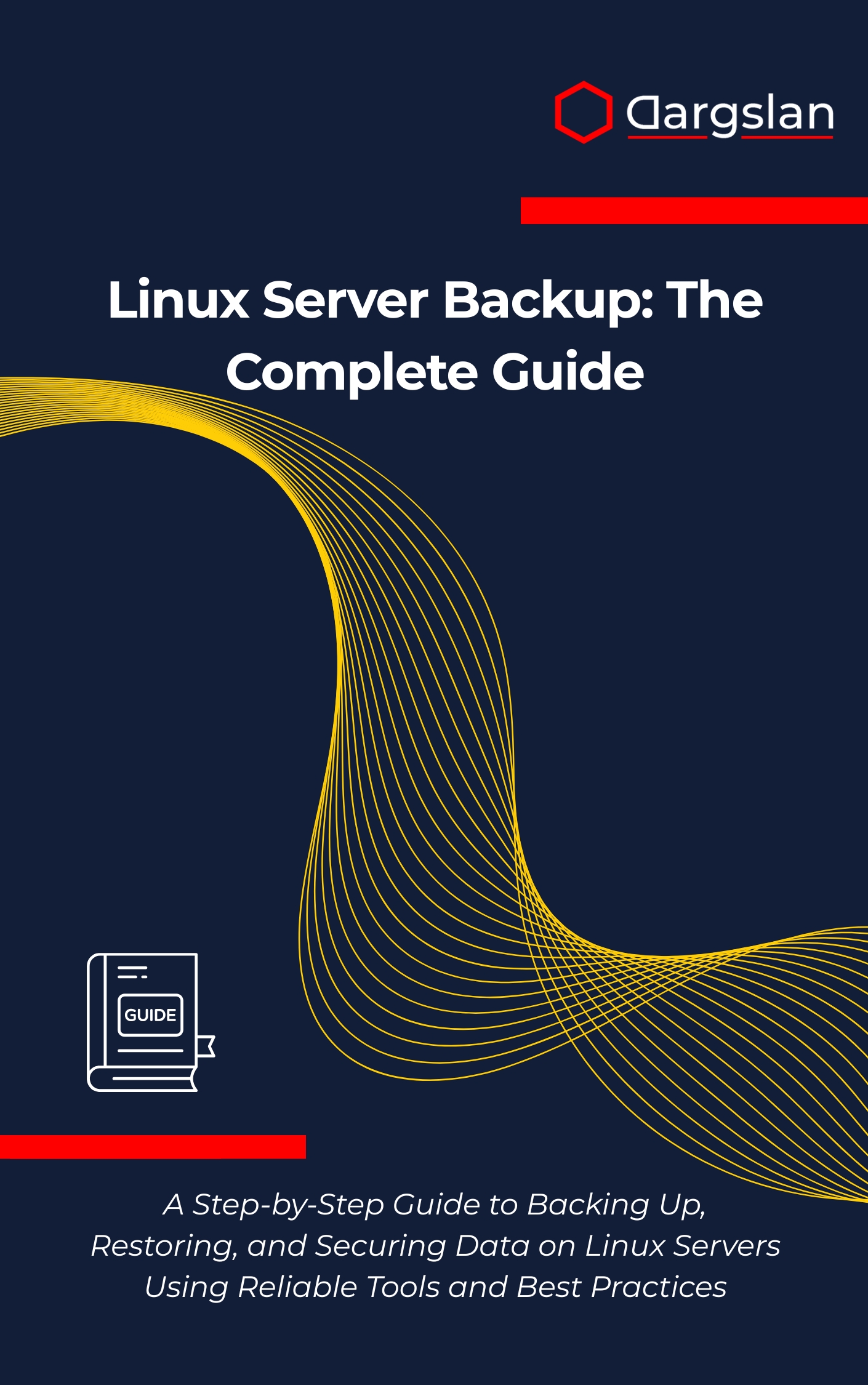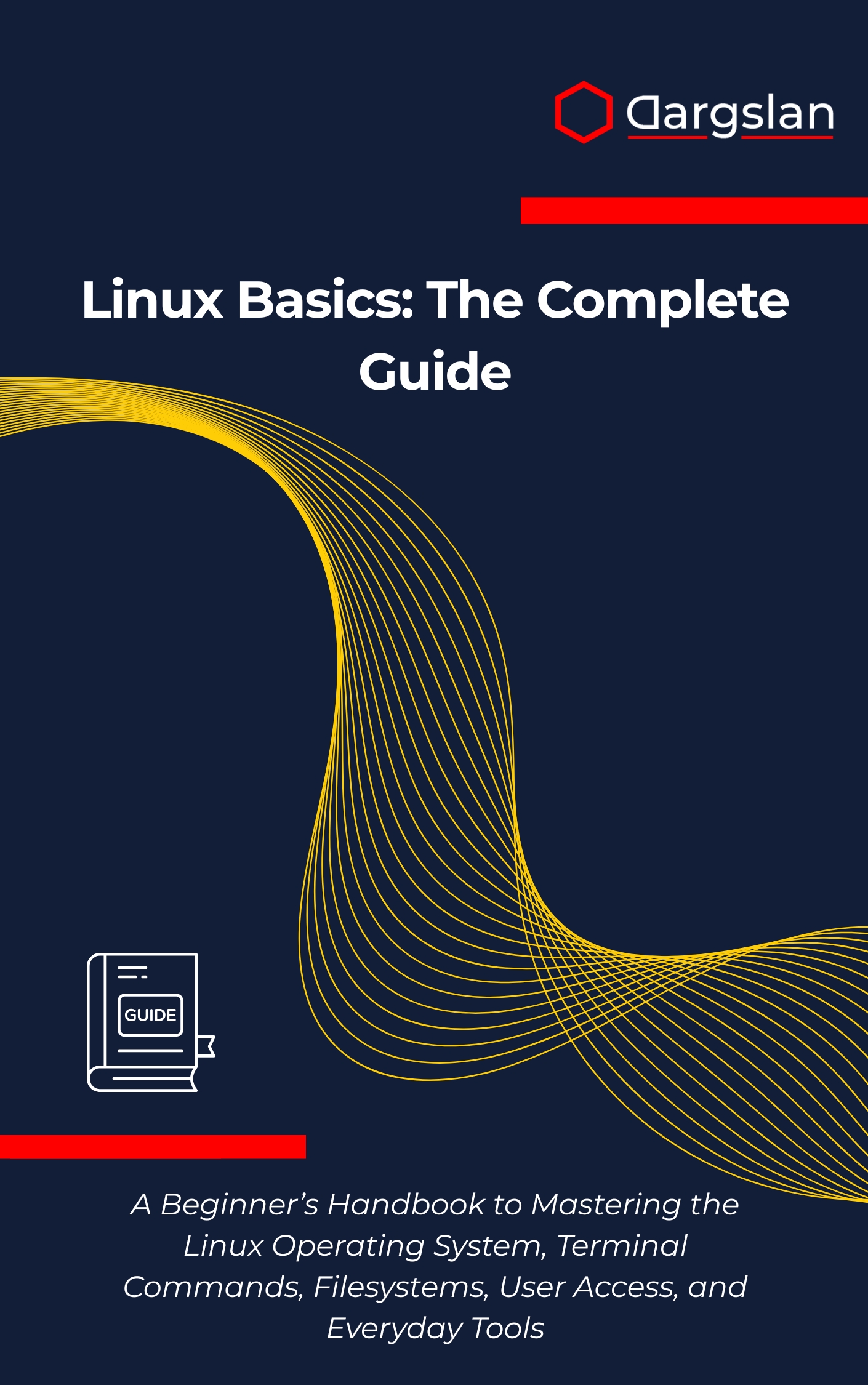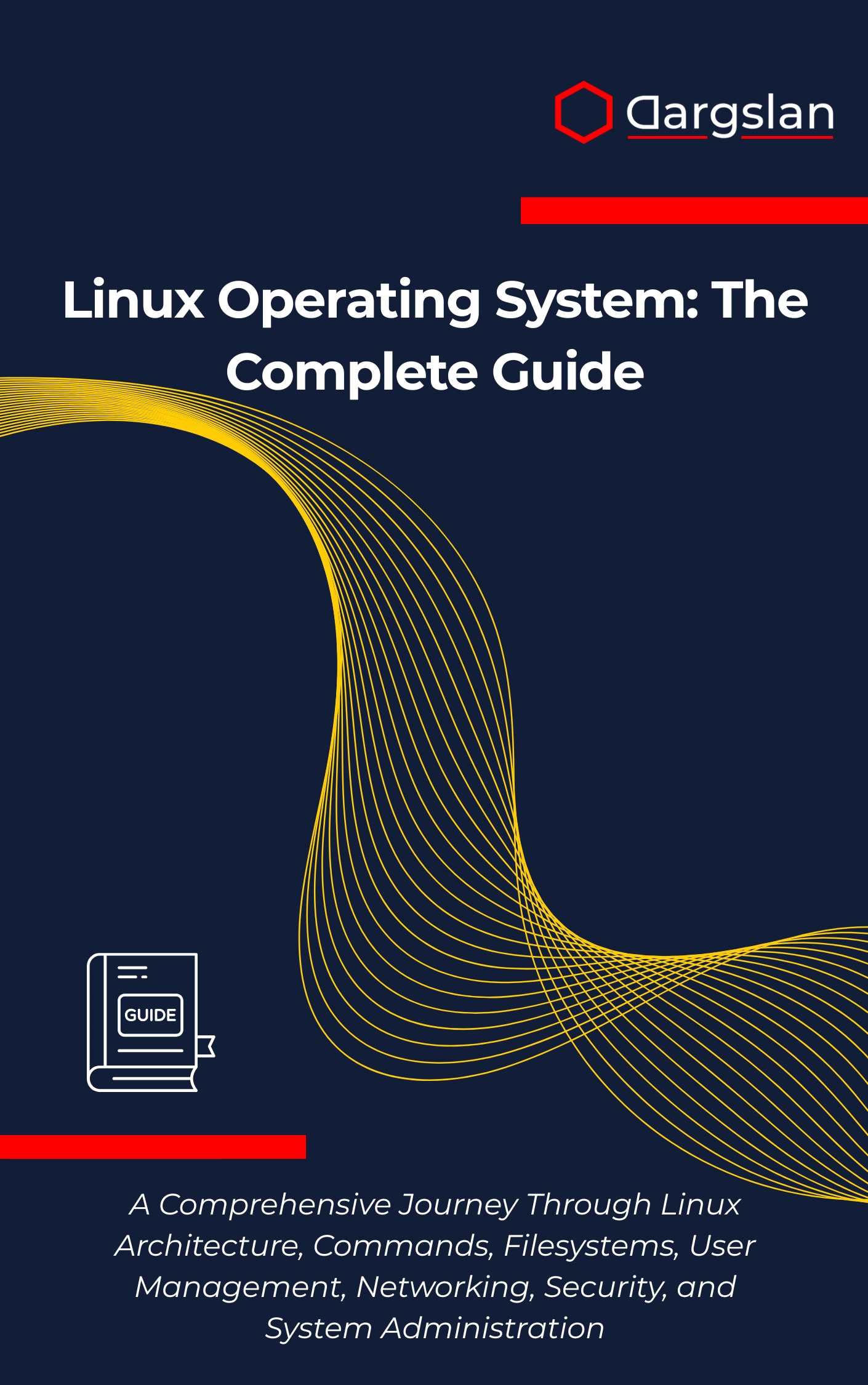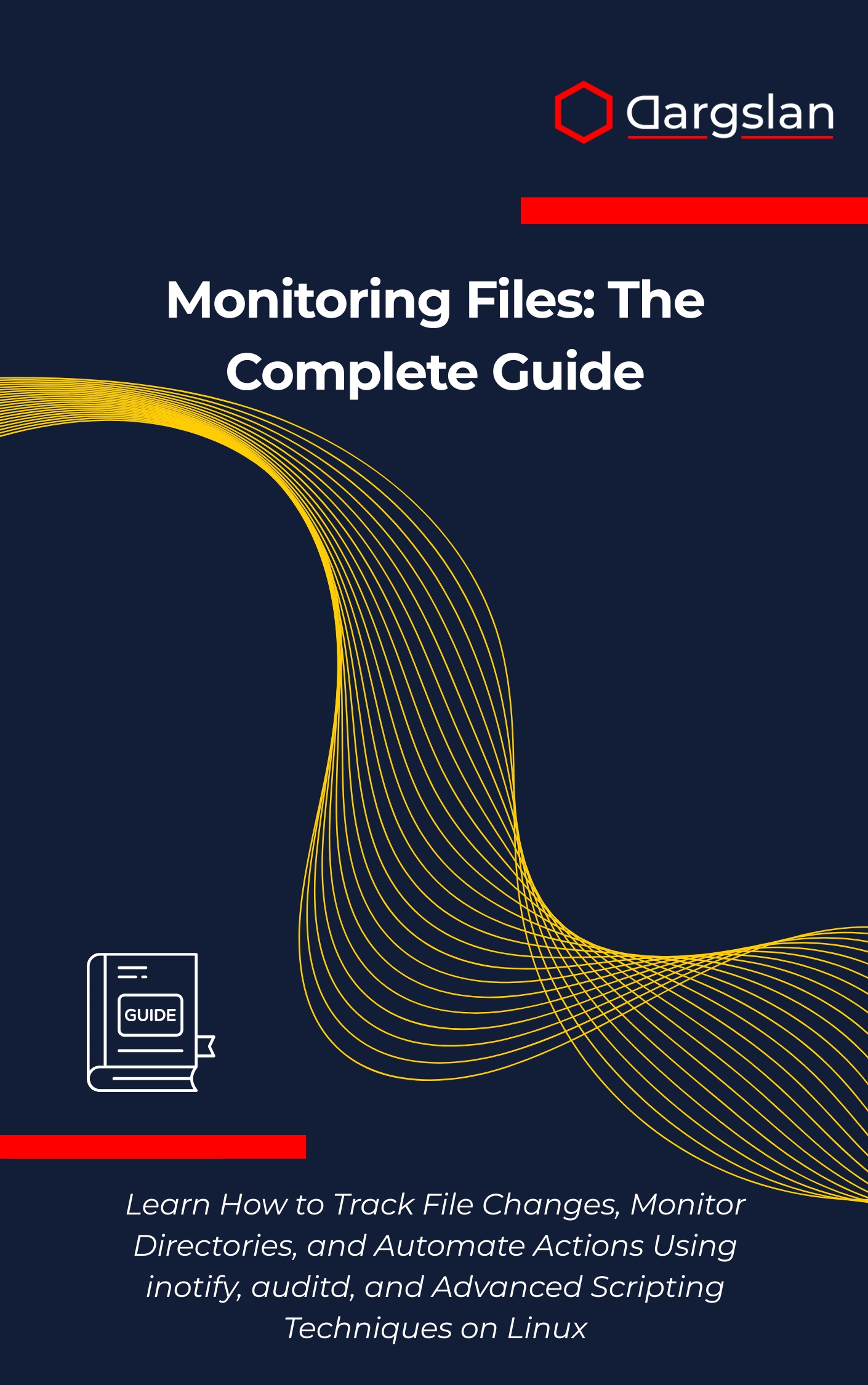Mastering Linux User and Group Management
Master Linux User and Group Management: The Complete System Administrator's Guide,Manage users, groups, and permissions effectively in any Linux environment.
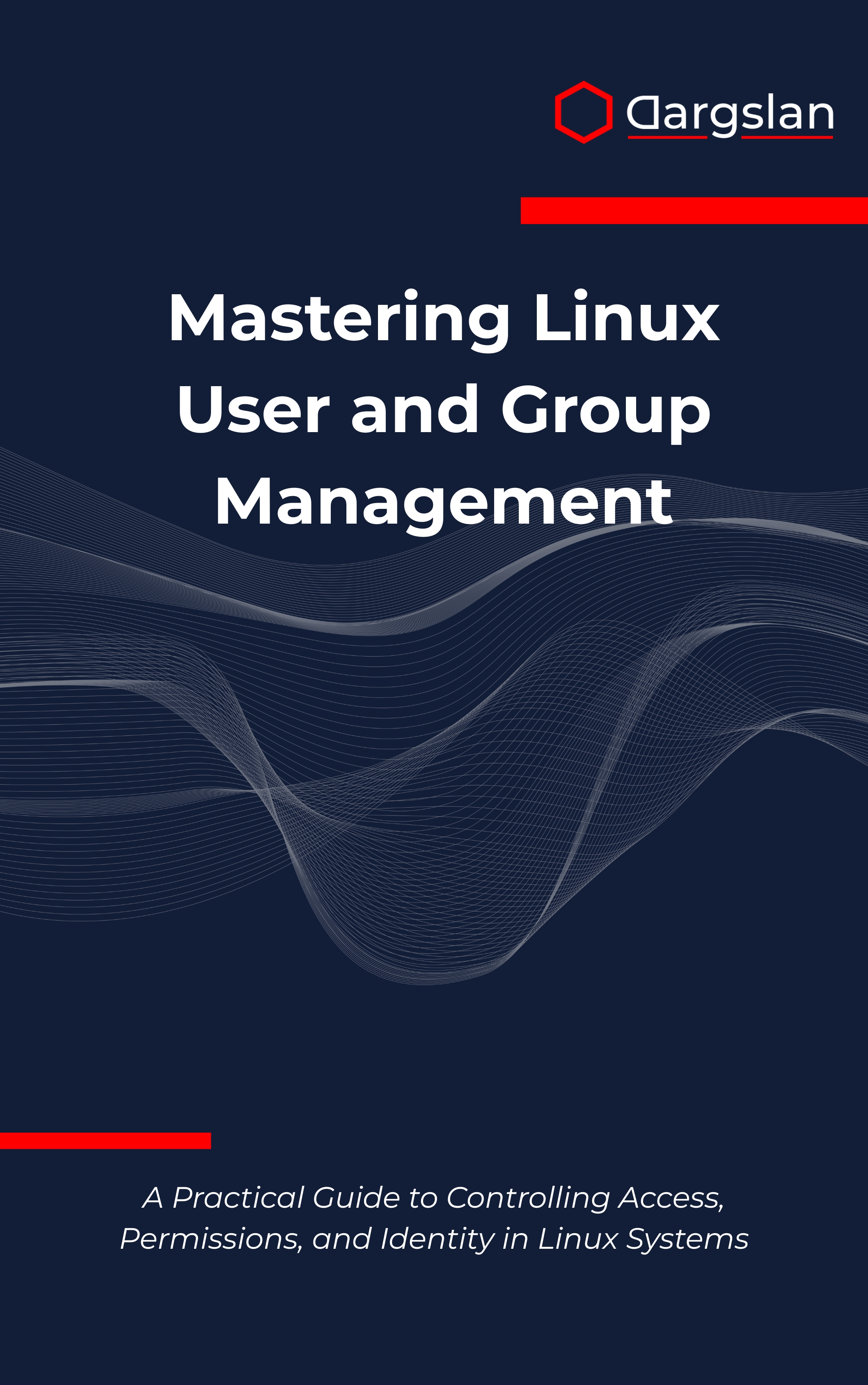
Access, identity, and permissions are the backbone of every secure Linux environment. If you’re ready to turn scattered know-how into a repeatable, enterprise-grade approach, this guide gives you the blueprint to do it right the first time—and every time after.
From standalone servers to container platforms and hybrid cloud, you’ll learn how to design, implement, and automate user management at scale. Clear explanations, practical patterns, and proven techniques help you move fast without sacrificing security.
A Practical Guide to Controlling Access, Permissions, and Identity in Linux Systems
Overview
This comprehensive IT book is your end-to-end reference for Mastering Linux User and Group Management, designed as A Practical Guide to Controlling Access, Permissions, and Identity in Linux Systems. It combines fundamentals with advanced practices across Linux, covering user account management, group administration, file permissions and ownership, Access Control Lists (ACLs), password policies, authentication mechanisms, centralized directory services, LDAP integration, user environment configuration, session management, and security hardening. As a programming guide and technical book for modern teams, it also dives into automation scripting, troubleshooting techniques, audit and compliance, and enterprise user management—so you can build resilient access control from the workstation to the data center.
Who This Book Is For
- Linux system administrators who need a reliable, step-by-step path to consistent user and group workflows. You’ll move beyond ad-hoc commands to standardized procedures that scale across fleets and reduce operational risk.
- DevOps and platform engineers aiming to integrate identity with CI/CD, containers, and cloud. Learn how to align authentication mechanisms and centralized directory services with infrastructure-as-code.
- Security professionals and IT leaders seeking provable hardening and compliance. Build defensible controls, streamline audits, and turn policy into enforceable, automated guardrails.
Key Lessons and Takeaways
- Design robust account architecture that balances usability and security. Master user account management and group administration patterns that keep permissions minimal, traceable, and easy to review.
- Apply file permissions and ownership with confidence, and extend control using Access Control Lists (ACLs). You’ll learn when to use POSIX modes, when ACLs add value, and how to avoid inheritance pitfalls that cause silent exposure.
- Implement password policies and authentication mechanisms that meet real-world standards. From PAM configuration to MFA add-ons and SSH hardening, you’ll align user experience with practical risk reduction.
- Integrate centralized directory services, with clear guidance for LDAP integration. Unify identity across servers, containers, and services while preserving least privilege and simplifying join/leave processes.
- Standardize user environment configuration and session management. Ensure shells, profiles, resource limits, and audit settings are predictable and compliant across teams and environments.
- Automate the routine and eliminate drift with scripting and config management. Learn automation scripting patterns that turn policy into code and shrink onboarding/offboarding from hours to minutes.
- Troubleshoot fast with a structured methodology. Diagnose ownership conflicts, permission denials, NSS/PAM issues, and directory sync failures using repeatable playbooks and tooling.
- Achieve audit and compliance without the headache. Map controls to standards, produce evidence on demand, and maintain enterprise user management that scales with your organization.
Why You’ll Love This Book
Clarity and practicality drive every chapter, pairing crisp explanations with hands-on examples you can run today. You’ll find step-by-step guidance, annotated command sequences, and real-world scenarios that mirror production challenges. Whether you manage a small cluster or a global estate, the book gives you reusable patterns that work across distributions and deployment models.
How to Get the Most Out of It
- Follow the progression from fundamentals to advanced integrations. Start with account and group foundations, then layer on permissions, ACLs, and PAM before moving to centralized directory services and automation.
- Apply concepts incrementally in a staging environment. Validate password policies, SSH configurations, and directory joins with test users and groups, then roll out changes using versioned playbooks.
- Build mini-projects after each chapter. For example: create a least-privilege group model for a sample team, implement MFA for administrators, script automated onboarding/offboarding, and document an audit-ready permissions review.
Get Your Copy
If you’re serious about securing Linux access at scale, this guide delivers the frameworks, tools, and workflows you need to succeed. Upgrade your skills, tighten your posture, and turn identity management into a repeatable, compliant practice.

